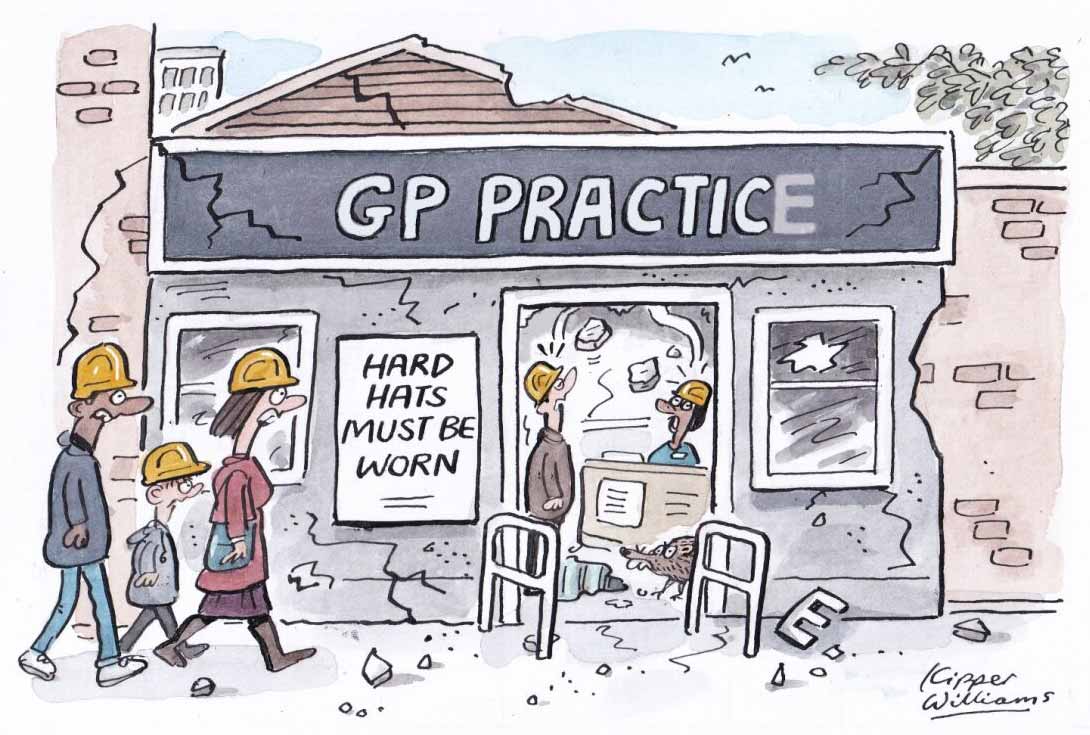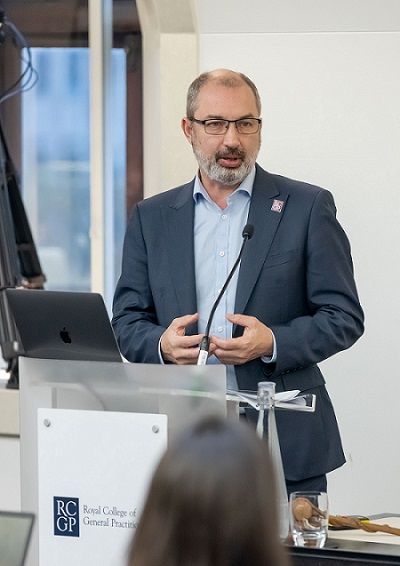
It is no secret that general practice, and the whole of the health service, is facing a myriad of challenges. Some of these regularly make the headlines: falling rates of retention, growing demand for complex care and a longstanding lack of funding. But some problems GPs and their teams are dealing with daily aren't as obvious and don't receive the attention they deserve
Prof Margaret Ikpoh, Vice Chair for Professional Development, spoke to the i newspaper about her own surgery in Yorkshire.

“One of our main sites was acquired in the 1960s and has a litany of structural issues including frequent leaks, damp walls and build ups of mould. We recently refurbished one of our consultation rooms only to find a huge hidden build-up of mould had formed on one of the walls.
“Our consultation rooms are also a concern. Many are small and cramped which makes it challenging to treat patients. It also means we can only see a certain number of patients each day as we have a limited number of private spaces where it's safe to conduct an appointment.
“It's deeply frustrating and worrisome - and it's far from the standards our patients rightfully expect from a 21st century health service.”
The College's Fit for the Future report into GP infrastructure undertook an in-depth investigation of the challenges GPs and their teams are facing. It found two in five practice staff members considered their premises not fit for purpose, with 88% of those citing insufficient numbers of consulting rooms and 75% citing insufficient space to take on additional GP trainees. It uncovered accounts of practice staff stuck using ‘temporary’ portacabin extensions for 18 years, even after the walls had rotted.

Prof Ikpoh explains that while the negative impact of inadequate premises on patient care is most concerning, it can also seriously affect practice finances.
“My practice’s annual heating and light bill has risen by over £40,000 in the past year, a figure not helped by the low-energy efficiency of our listed premise. The amount we're spending on property repairs and maintenance is in the region of £90,000 per year.
“Dedicated funding for renovations has not caught up with rising costs and this inevitably means we have fewer funds to spend on patient care initiatives or hiring additional staff to be able to see more patients,” she said.
To address this and ensure that GP teams and patients deliver and receive care in suitable environments, the College has called on the government to earmark £2 billion worth of funding for general practice infrastructure in our General Election Manifesto.
The funding will not only fix outdated premises but will ensure they're prepared for the future. Demand for GP services is only going to increase in the coming years and, as it stands, GP infrastructure is not ready to meet the challenge.
Read more
Thank you for your feedback. Your response will help improve this page.



